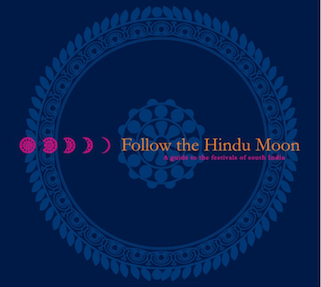|
The Indian Analyst
|
South Indian Inscriptions |
MOGHUL DYNASTY OF DELHI No. 772. (A. R. No. 322 of 1922.) On a rock to the west of the village of Burrakayalakota, same Taluk and District. S. 16[1]8. (Isvara) States that, on the representation of the Reddi and Karanam of Burakayalakota, that the old measurement of the lands of their village was incorrect, Inayat-Khan, the Fauzdar of Gurramkonda, had the lands remeasured with a two-feet pole at the rate of 30 guntas per tumu. Aurangazeb was the emperor and Hazarat Aka-Khan (?) was Subedar of Hyderabad. No. 773. (A. R. No. 427 of 1923.) On a stone built in the back wall of the ruined temple of Prasannayya, Bollavaram, Nandikotkuru Taluk, Kurnool District. S. 1619. (Isvara) Records the gift of land by Goparaju Prasannayya, Sthala-karanam of Bollavaram, to Krishnayya, Karanam of Prolukallu while Aurang Padsha was ruling at Amudanagaram, another name for Hastinapuram (Delhi). No. 774. (A. R. No. 426 of 1923.) On a stone built into the same wall. S. 1619. (Isvara) Records that Goparaju Prasannayya, Sthala-karanam of Bollavaram, granted two Tums of land to the architect Musalaya, on the occasion of the consecration of the temple of Kasi Visvanatha, while Aurang Padsha was ruling at Amudanagaram which was another name for Hastinapuram (Delhi). No. 775. (A. R. No. 130 of 1923.) On a slab set up in a field in the village of Putteri, Conjeevaram Taluk, Chingleput District. Undated. Seems to record that the Kapus and the Karanam of Puteri gave a piece of land to one Timmabhatta while Alamgir Padsha Avarangzeb was the emperor and Razab Khan was Rauzdar.
No. 776. (A. R. No. 56 of 1912.) On a pillar in the temple of Kesavasvami at Chodavaram, Viravalli Taluk, Vizagapatam District. S. 1658. (Akshaya) Incomplete. Says that Pusapati Vijayaramaraju, son of Sitaramaraju was ruling the land and mentions the god Kesavasvami and the village Chodavaram. No. 777. (A. R. No. 77 of 1912.) On a slab set up in front of the temple of Bhogisvara, Konakondla, Gooty Taluk, Anantapur District. S. 1662. (Siddharthi) Records that, on the occasion of the consecration of the temple of Kesavanathasvami at Konakondla, Molgu Timmaji made a gift of certain lands to one Kondamayya, presumably a trustee of the temple. The grant is said to be made for the merit of Sultan Abdul Hasan Qutb Shab who was, however, not king at the time. No. 778. (A. R. No. 360 of 1915.) On a slab set up near the temple of Ramasvami in Muktesvaram, NarasaraopetaTaluk, Guntur District. Undated. Simply states âthe manyam (land) of Tejokhanâs mosque.â No. 779. (A. R. No. 362 of 1915.) On a stone lying in a field in Chennupalli Agraharam, same Taluk and District. Sake year not given (Siddharthi) States that a certain Ballula Khan gave land to a certain mosque. No. 780. (A. R. No. 55 of 1909.) On a slab set up near a well in the village of Old Pallavaram, near Madras. Undated. States that one Sheik Musa Miyya Sahib built a peta, established a market, had wells dug, formed a garden called bhuram Bag after Syed Ibrakhim Sahib and constructed chavadis, all at Pallavaram. No. 781. (A. R. No. 147 of 1921.) On a rock in the maniyagar-manyam to the west of Paravakkal, Gudiyattam Taluk, North Arcot District. Saka year not given (Bahudhanya) Unintelligible. Seems to record that the agent of the Navab Sahib made a money payment to one Vengana with the consent of the Karanam, etc., |
||||||||||||||||||||||||||||||||||||||||||||||||||||||||||||||||||||||||||||||||||||||||||||||||||
| > |
|
>
|







